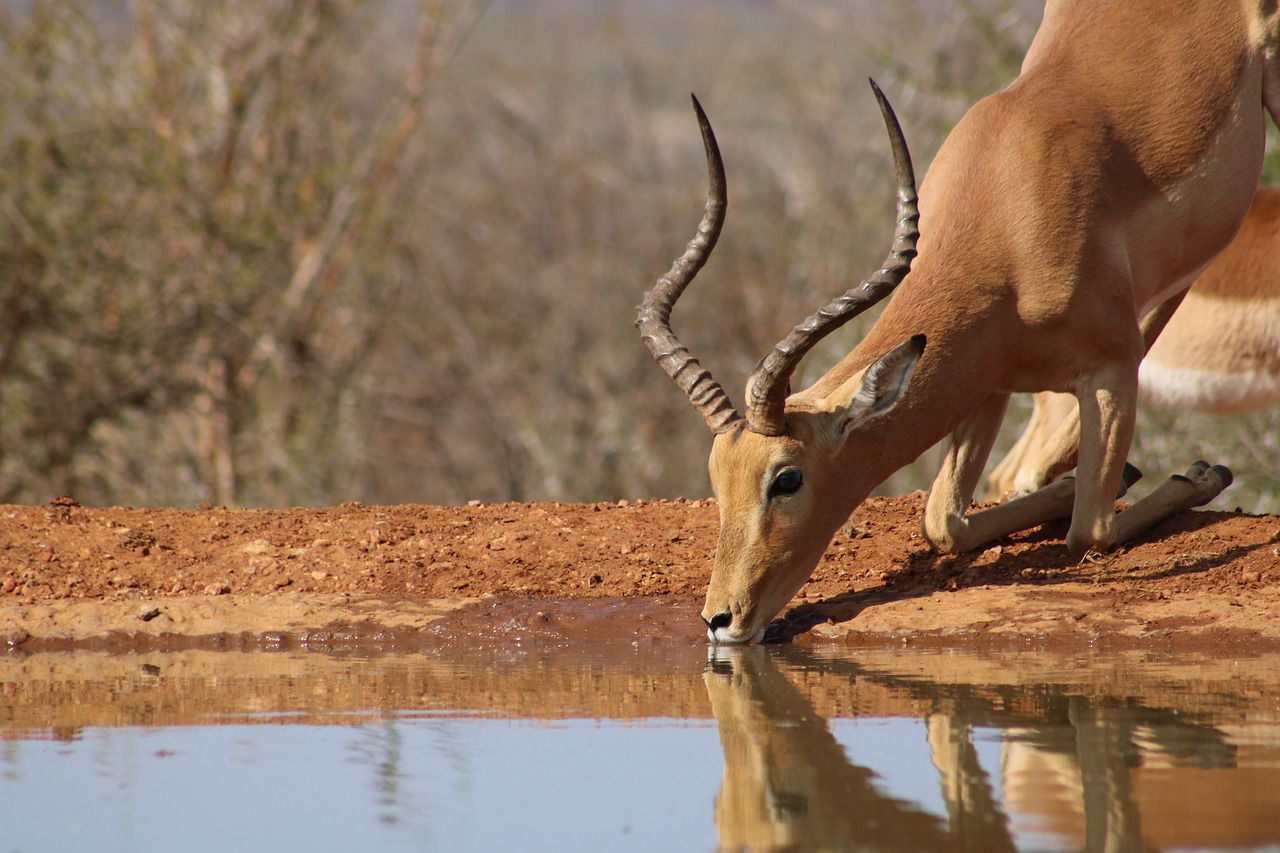While pets can easily find water in their water bowls when they're thirsty, wild animals have to try way harder to find water.
If water is so important, then how they manage to find enough of it to survive?
Let's find out.

Instinct and memory
Many wild animals, especially those living in specific habitats for generations, have inherited instincts and memory that guide them to water sources.
They learn from their parents and their own experiences about the locations of water bodies such as rivers, lakes, ponds, or streams.
Sense of smell
Some animals have a keen sense of smell that helps them detect water sources from a distance.
They can pick up the scent of water in the air or trace the scent of moisture in the ground.
Certain desert-dwelling animals, for example, can smell water in underground springs.
Visual cues
Animals may rely on visual cues to locate water.
They may spot bodies of water from elevated areas, such as hills or trees, or recognize landmarks that indicate the presence of water, such as a cluster of vegetation or greenery.
Migration and seasonal knowledge
Some animals undertake long-distance migrations to reach water-rich areas during dry seasons.
They have an innate understanding of the timing and location of these seasonal water sources.
Adaptations for water conservation
Certain desert-dwelling animals have evolved adaptations to survive in arid environments with limited water availability.
They can extract moisture from the food they eat or have physiological mechanisms to conserve water, reducing their dependence on external water sources.












